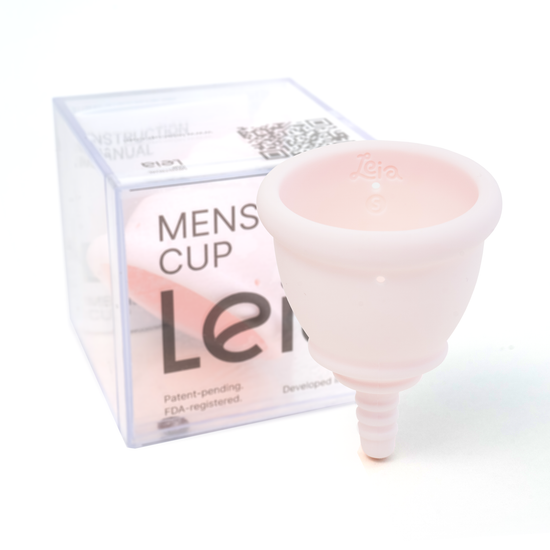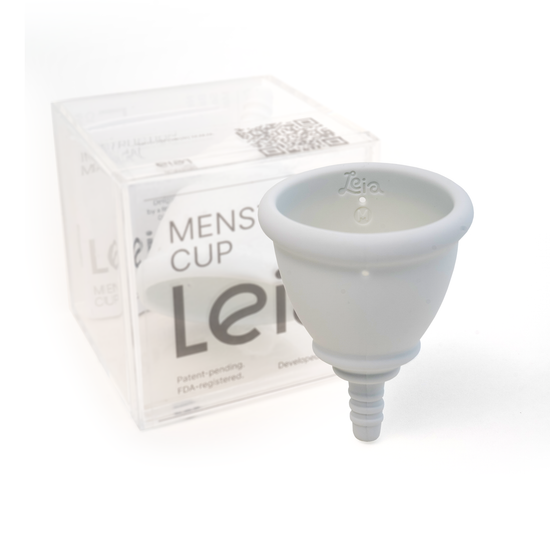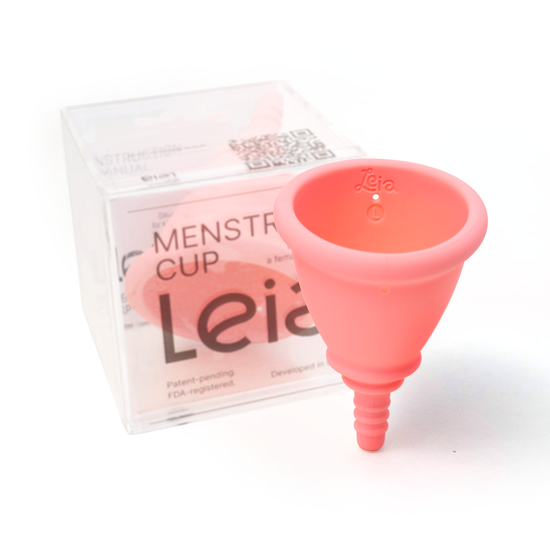Period Pain. Should You Endure It and How Can You Help Yourself?
Menstrual pain, or dysmenorrhea, is experienced by 15-90% of women according to statistics. The statistical data is quite widespread due to the fact that only 15% of women seek medical help, but when asked about the presence of menstrual pain, 90% respond positively. Gynecologists call this dysmenorrhea.
There are 3 degrees:
- Mild
- Moderate
- Severe
In the case of moderate and severe degrees, temporary impairment of performance and pronounced symptoms are possible, not limited to pain alone. Digestive system disorders, nervous system disorders including fainting, numbness, etc., may occur.
The most common symptoms of dysmenorrhea include:
- Cramping lower abdominal pain, dull, aching, sometimes radiating to the rectum, adnexal area, or bladder;
- Irritability, anorexia or bulimia, depression, sleepiness, insomnia, intolerance to odors, distorted taste, nausea, vomiting, belching, hiccups, belching, hot flashes, sweating, hyperthermia, dry mouth, frequent urination, tenesmus;
- Fainting, headache, dizziness, chest pain, cooling and feeling of numbness in the hands and feet, eyelid and facial edema, feeling of "cotton wool" in the legs, general weakness, itchy skin, joint pain, swelling, polyuria, etc.
Risk factors for the development of dysmenorrhea include:
- Early age at menarche (first menstruation)
- Long-lasting periods
- Family history
- Sedentary lifestyle
- Frequent stressful situations in the family
- Frequent life changes
- Low socioeconomic status
In any case, enduring pain is not advisable. In cases of mild forms, the use of analgesic drugs is possible. Hormonal combination oral contraceptives (COCs) are often the first-line therapy recommended by gynecologists for the treatment of dysmenorrhea (according to clinical guidelines for the treatment of dysmenorrhea in many countries).
Numerous studies have shown the effectiveness of these drugs, but when COC use is discontinued, all symptoms return. Additionally, many women may choose to avoid or may be contraindicated for hormonal therapy (for example, in cases of breast cancer). In such cases, lifestyle modifications, stress reduction or management, and an active lifestyle are recommended as first-line approaches.
According to a 2019 study among 854 women and a meta-analysis of 12 previously conducted studies involving 754 women, daily physical activity of 45-60 minutes was found to reduce the intensity of pain by 25%.
It is important to understand that this refers to daily physical activity, but unfortunately, not every woman can afford to dedicate an hour a day to engage in sports. In such cases, exercises that can help alleviate pain during menstruation come to our aid.
Here are some of them:
Exercise 1
Stand straight, with your arms down and legs together. Take a deep breath while lifting your arms up. On the exhale, lower your arms to the sides and lean forward. Try to touch the floor with your palms. If you are not flexible enough, you can slightly bend your knees. Hold this bend for 1 minute.
Exercise 2
You can do this exercise while lying in bed. Sit up straight, bend your knees, and spread them apart, trying to place them on the floor. Press the soles of your feet together. Place a folded blanket or a low pillow behind you. Slowly lean backwards until your back rests on the blanket. Relax as much as possible and breathe evenly. Hold this position for 1 minute.
Exercise 3
Sit on the floor with your legs wide apart. Bend your right leg at the knee and press your foot against the inner surface of your left thigh. Take a deep breath and raise your arms above your head. On the exhale, stretch forward towards your left leg, trying to touch your forehead to your knee and wrap your hands around your left foot. Hold this position for 30 seconds, then switch the position of your legs and repeat the exercise.
Exercise 4
Sit on the floor with your legs stretched forward, spreading them as wide as possible. Take a deep breath and raise your arms above your head. On the exhale, slowly lean forward, extending your arms in front of you and placing your palms on the floor. Relax as much as possible and try to release tension in your body. Hold this position for 1 minute.
It is important to repeat each exercise 5-7 times.
Non-medication methods that are also highly effective include:
- self-massage techniques
- warm shower or warm compress on the lower abdomen
- moderate physical activity (stretching, yoga, etc.)
- orgasm
For moderate to severe symptoms, it is necessary to seek help from a specialist.
Frequent use of tampons during menstruation can intensify pain syndrome, while the use of a menstrual cup, on the other hand, can help reduce pain syndrome and improve well-being. Approximately 60% of our clients have reported a reduction in pain syndrome when using Leia.
For example, here is one of the reviews:
“5.0 out of 5 stars Very comfortable
This is the 2nd kind of period cup I’ve used. This is by far more comfortable than the other one I have. I will now be throwing the other one away. When I’m wearing it I can’t tell it’s there. I don’t get pains and cramps that I used to get with tampons anymore, I always thought it was normal…. turns out it’s not.”




